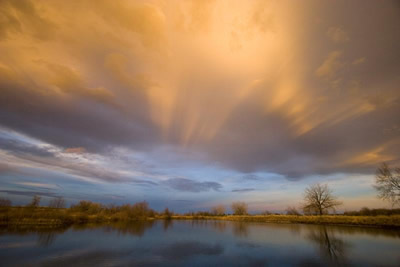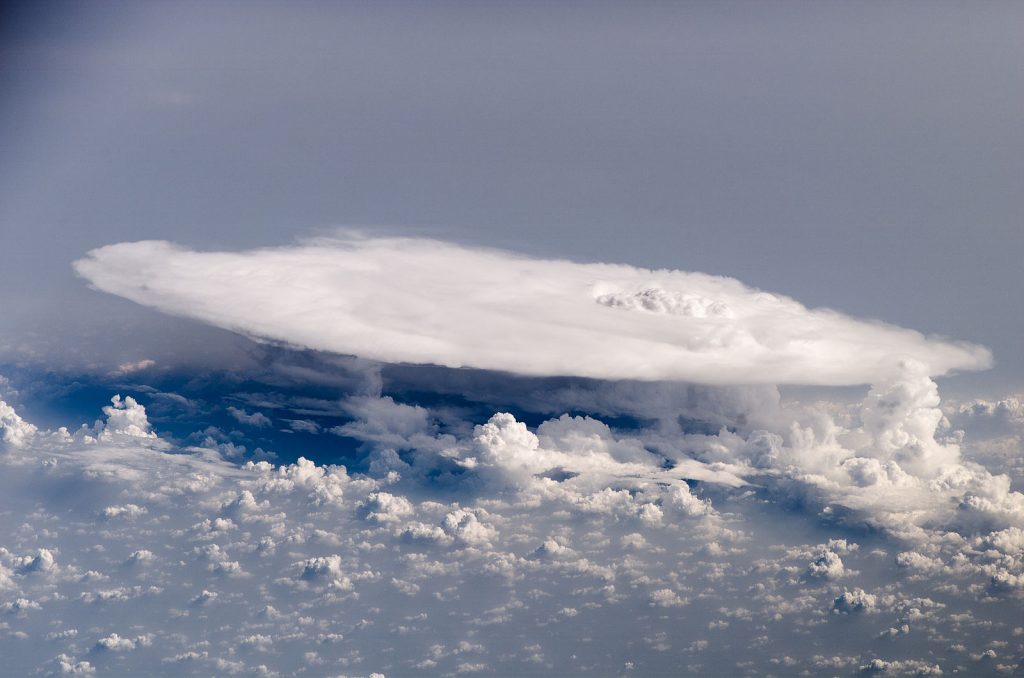Getting The Atmospheric Correction of Satellite images using Python To Work
Infrared Satellite Imagery - METEO 3 - John ADutton e Fundamentals Explained

Too far, and the water turns icy; too close, and the water evaporates. Nevertheless, habitability not just depends upon the star-planet distance, but also the planet's environment, the star's irregularity, and other elements. Osku Leinonen Photography , Check out NOAA's Sci, Jinks page for a kid-level explainer on how the Earth's environment formed.

Check out the remarkable world of the atmospheric microbiome in Scientific American. Extra reporting by Space. com contributor Elizabeth Howell. This post was updated July 20, 2021 by Space. com contributor Vicky Stein.
Amount of obvious blurring and twinkling of huge things due to atmospherical results Schematic diagram illustrating how optical wavefronts from a distant star may be disturbed by a layer of unstable mixing in the environment. The vertical scale of the wavefronts plotted is extremely overstated. In astronomy, seeing describes the destruction of the image of an astronomical object due to unstable air flows in the atmosphere of Earth that may end up being noticeable as blurring, shimmering or variable distortion.

Seeing is a significant limitation to the angular resolution in huge observations with telescopes that would otherwise be limited through diffraction by the size of the telescope aperture. Today, many big scientific ground-based optical telescopes include adaptive optics to conquer seeing. The strength of seeing is frequently defined by the angular diameter of the long-exposure picture of a star (seeing disk) or by the Fried criterion 0.

Getting My Ultraviolet Images Reveal Jupiter's Upper Atmospheric Winds To Work
A direct exposure time of numerous 10s of milliseconds can be considered long in this context. The Fried criterion describes the size of a fictional telescope aperture for which the diffraction limited angular resolution amounts to the resolution restricted by seeing. Both the size of the seeing disc and the Fried parameter depend upon the optical wavelength, however it is typical to define them for 500 nanometers.
4 arcseconds or a Fried specification bigger than 30 centimeters can be considered excellent seeing. The very best conditions are normally found at high-altitude observatories on small islands such as Mauna Kea or La Palma. Impacts [edit] Typical short-exposure negative image of a binary star (Zeta Botis in this case) as translucented atmospheric seeing.
UNDER MAINTENANCE